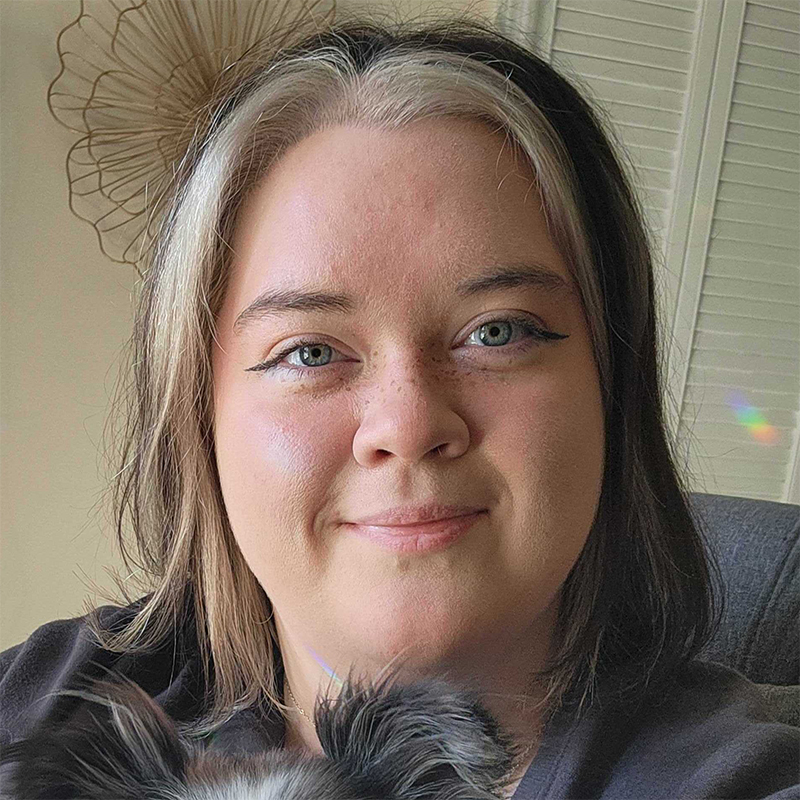In order to have Medicare, you first have to qualify for it. This service is not available for everyone. Rather, it is a government program that is designed for individuals who need extra assistance with health care after they have reached the age of retirement.
Who qualifies for Medicare assistance?
Generally, most people who qualify for Medicare assistance are age 65 and over, but there are a few additional requirements for this as well. One, you have to be a United States citizen or legal resident. Second, it’s required that you have resided in the United States for a minimum of five years. Finally, you must have worked at least 10 years in Medicare-covered employment. If you meet all of these criteria, then you will qualify for Medicare at the age of 65.
The reason you have to be age 65 or older is because Medicare is paid for using tax money that has been collected throughout your lifetime. If you look at past paystubs, you can see where a tax was taken out each pay period to pay for your healthcare needs once you’ve retired. If you are not a native United States citizen, and you still wish to apply, you can! This is known as “voluntary enrollment” for people who must pay monthly premiums because they haven’t contributed enough money through paycheck collection.
If you meet these criteria and you are not receiving Medicare, you may have to apply for the benefits. There are several reasons you may have to apply for this government plan. These include: if you have not applied for Social Security or Railroad Retirement benefits, if you were employed by the government, or if you have kidney disease.
What if you're under 65?
If you are under 65, you can still receive Medicare benefits. Those who qualify under the age of 65 generally have End Stage Renal Disease (ESRD) or have received Social Security Disability Income (SSDI) payments for 24 months. An exception to this is if you have Lou Gehrig’s disease, then you will qualify after only one month of disability income.
It’s important to note that these qualifications allow people to receive Part A and Part B of Medicare. However, not all costs will be covered by these two parts. Specific items, like prescription drugs, premiums, copayments, and much more, are considered “out-of-pocket” costs. This means that you will have to pay for these using your own income. Some of the things that Medicare Part A and B will not cover include:
- Acupuncture and homeopathic care
- Deductibles, coinsurance, or copayments when you receive healthcare services
- Routine dental care and dentures
- Cosmetic surgery
- Custodial care
- Healthcare while traveling outside the United States
- Hearing aids
- Hearing exams for fitting hearing aids
- Orthopedic shoes
- Routine foot care
- Routine eye care and most eyeglasses
- Routine or yearly physical exams (Annual Wellness Visits are covered)
- Some diabetic supplies (like syringes and insulin)
You do have the option to buy additional coverage from private insurance companies that will fill the gap left by Medicare Part A and B. There are three different types of plans for “gap” coverage: Medigap, Medicare Part D (prescription coverage), and Medicare Advantage Plans.



